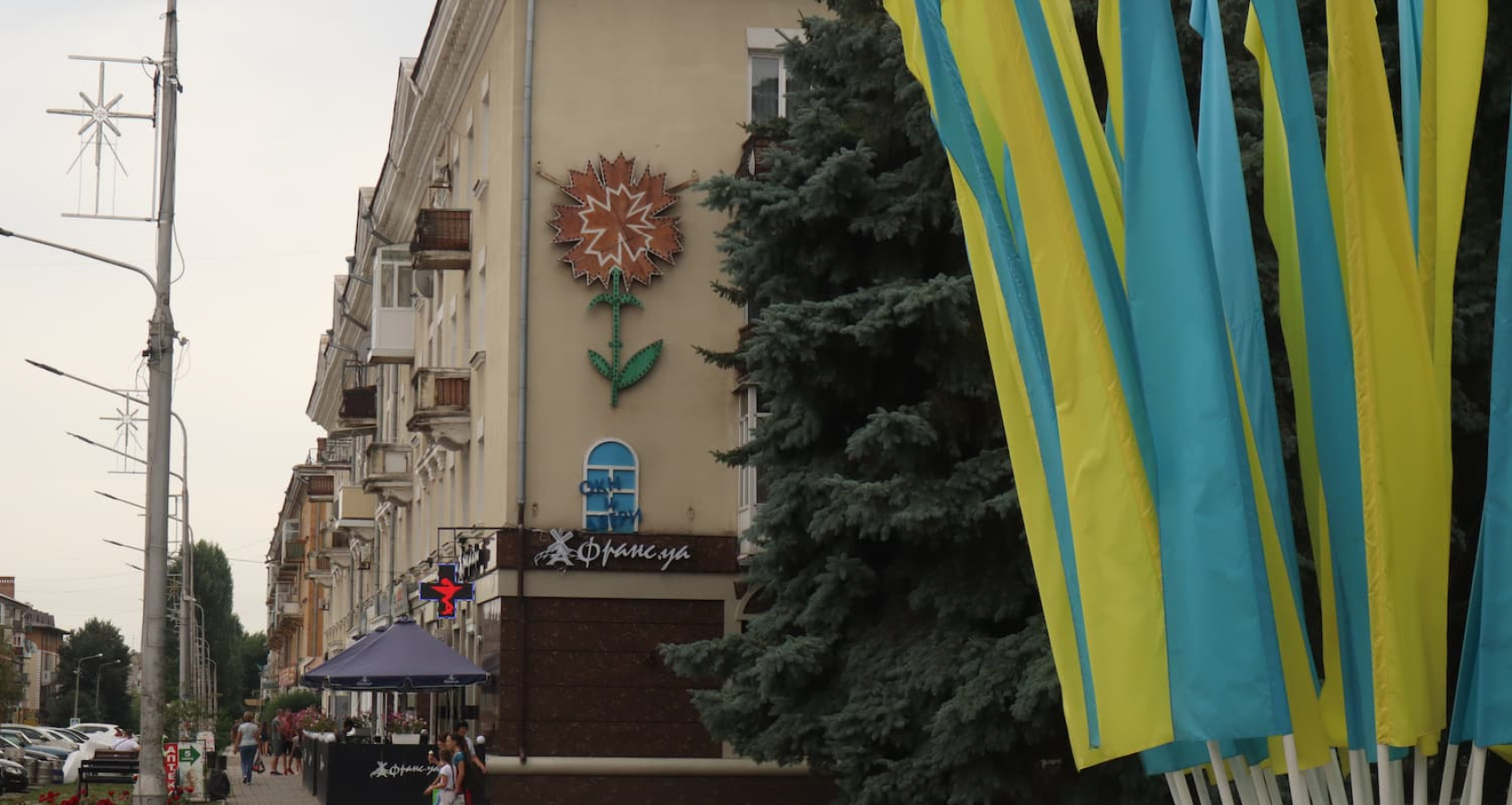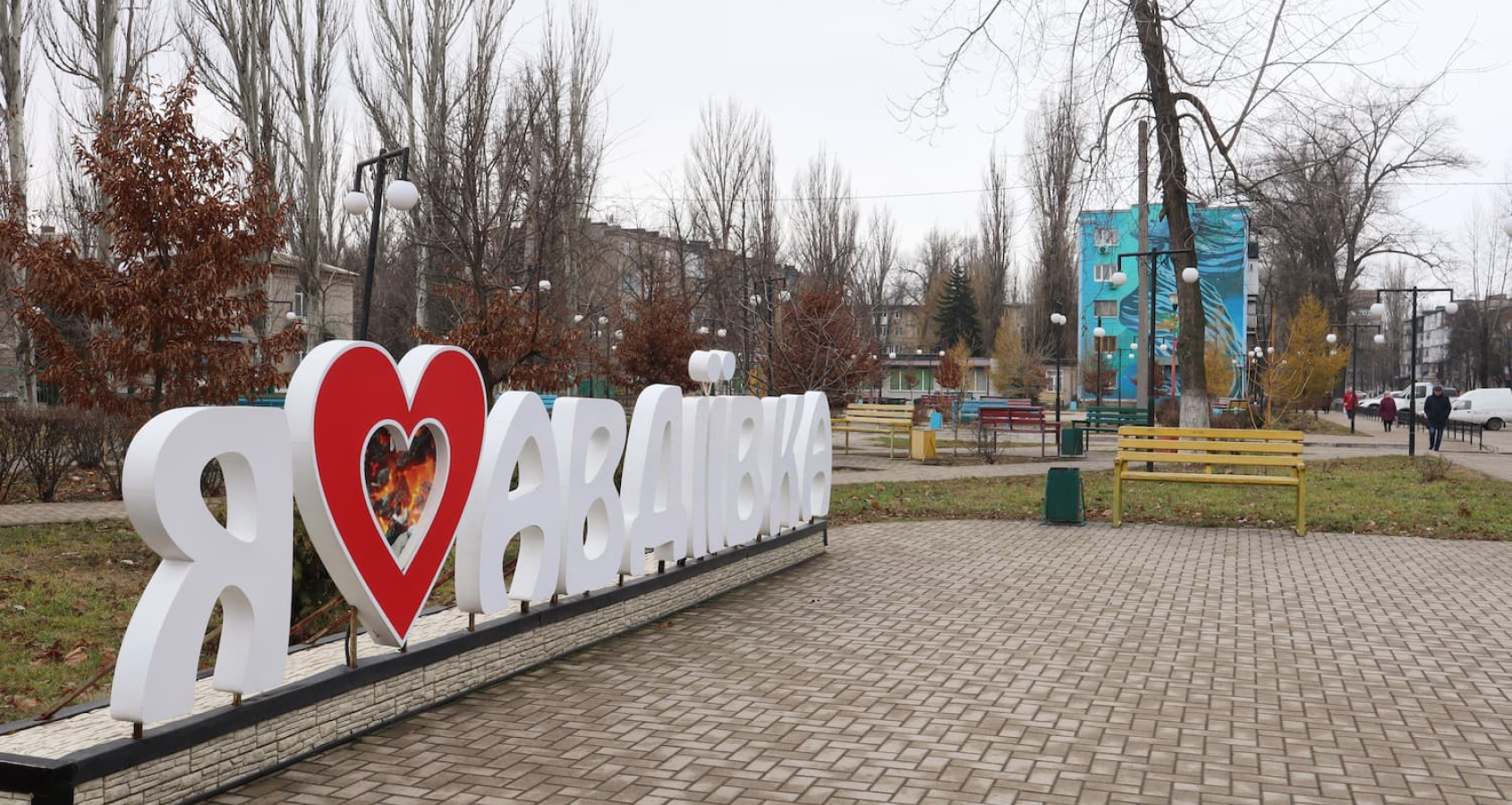Initiatives of Donetsk and Luhansk regions: how Eastern Ukraine has changed since 2014

Until 2014, Donetsk and Luhansk were the "centre" of Eastern Ukraine. Kramatorsk, Sloviansk, Lysychansk or Rubizhne were small industrial towns that hardly developed. In early 2010, foreign investors began to lose interest in the region. Young people were leaving for cities with better prospects. Then the east became known as a depressed region.
It happened because young people wanted to avoid working in production, as they saw no prospects. In addition, at that time, factories either reduced the staff or stopped production. Usually, in small towns, there were no opportunities for cultural recreation, no small or medium-sized businesses, and in some cases, no higher education institutions.
However, with the beginning of the war in eastern Ukraine and the occupation of the largest cities, the situation has changed for the better. As a result, Kramatorsk and Severodonetsk became the centres of civil-military administrations. In addition, infrastructure and various youth initiatives emerged in these and other cities, contributing to the region's civil society development.

What contributed to the development?
In 2015, Ukraine carried out a decentralisation reform. As a result, local authorities were empowered to attract investors and solve community problems independently. As part of the reform, Ukraine changed the tax payment procedure. Now 60% of the taxes paid remain in local communities. Accordingly, the budgets of local communities have increased. For example, before establishing the Oleksandrivska hromada (community) in the Donetsk region in 2018, its budget received UAH 18 million; in 2019, it was UAH 52 million.
After 2014 and the relative stabilisation of the situation in the territories controlled by Ukraine, support programs from foreign partners were launched. In the east, the United Nations Development Program operated in three areas: restoration of infrastructure and economy, restoration of governance and peacebuilding, and strengthening social cohesion. This program was to improve the everyday life of the locals. According to Mustafa Sait-Ametov, UNDP Resident Representative in Ukraine, in 2016 alone, the first lift pumping station was restored in the Donetsk region, providing water supply not only in the government-controlled territory; a water pumping station was put into operation in the Luhansk region.

The FinancEast program, funded by the European Union, also operated in Donetsk and Luhansk regions. The program provided subsidies and compensation to the region's micro, small and medium-sized enterprises. Under the program, from December 2019 to April 2020, the EU provided UAH 123.5 million to such enterprises. In addition, the Danish Refugee Council also provided financial support to private enterprises that contributed to increasing residents' income.
If large and developed cities such as Donetsk, Horlivka, and Luhansk began to decline under the leadership of illegal armed groups, the cities of Donetsk and Luhansk regions controlled by Ukraine, on the contrary, began to develop. The local edition, Skhidnyi variant, writes that before the full-scale Russian invasion of Ukraine, a system of public organisations and grant opportunities developed in the Donetsk region.
Initiatives of the East: Teplytsia and Drukarnia
Another component of active development was local pro-Ukrainian activists who needed a space for self-expression. Thus, the first social spaces appeared in Kramatorsk and Sloviansk.
Teplytsia in Sloviansk is an open space for public initiatives and a place of development. The founder Anna Avdiiants says that the primary goal of the space is to work with young people, develop modern Ukrainian culture, support local musicians, artists, designers, poets and writers, develop the volunteer movement, work on the socialisation of children and youth with disabilities, children from family-type orphanages. The space also works on the development of non-formal education for young people.
Avdiiants says that over the past eight years, an active, conscious and responsible civil society has formed in the east.
"Teplytsia was one of the first initiatives, and it gave a great impetus to the development of civil society not only in Sloviansk but also in Eastern Ukraine. Here, local entrepreneurs are more likely to register their activities as individual entrepreneurs, pay taxes and work on a payroll basis, which positively impacts the economic situation," adds Avdiiants.
The Teplytsia team implemented the Network of Change project to restart youth centres in the Donetsk region and published a manual, Easier Than Ever, with the best volunteer practices of the Donetsk and Luhansk regions.
In the conditions of full-scale war, part of the team continues to work - now Teplytsia has become a humanitarian headquarters that supports not only the residents of Sloviansk but also the neighbouring communities.
Drukarnia in Sloviansk is a centre of civil society that has been working on environmental protection and eco-activism, humanitarian aid, integration of internally displaced persons and their adaptation, youth exchanges and political participation.
Former Drukarnia representative Artur Ageev says that such initiatives work to improve the city's living conditions. For example, since 2019, Drukarnia has managed to implement projects to enhance the work of the city's water utility (they studied the quality of water in local rivers with two independent experts) and, together with the police and the Teplytsia initiative, created a chatbot that helps fight drug trafficking. In addition, in the context of the Covid-19 pandemic, Drukarnia helped residents of frontline cities to receive antiseptics and personal protective equipment and disseminated information about vaccination.

"We also had the experience of conducting an international exchange under the Erasmus+ program. It was the first youth exchange in this region; no one had come here before. Foreigners, particularly Germans, were impressed by the city's cleanliness," says Ageev.
Ageev also adds that for him, an IDP from Horlivka, the project Voices of Donbas, where internally displaced persons talked about their moving experience and personal feelings, was essential. Moreover, within the framework of the project, people were told about their influence on the problems at national and international levels.
"Drukarnia" also tries to draw attention to the need to preserve the historical part of Sloviansk. For this, the team revitalised and shot a documentary about building one of the city's first printing houses.
"In general, the purpose of such social spaces is that if locals have a socially important issue, they can come here to discuss it and find solutions," concludes Ageev.
How has the development of the region affected the tourism sector?
In Donetsk and Luhansk regions, there are attractive places from the tourist point of view: European heritage, national parks and non-working mines (currently, a large number of sites have been destroyed due to hostilities, in particular, Sviatohirsk Lavra). Also, Eastern Ukraine is an attractive object for connoisseurs of industrial tourism. However, the Lyman region was the most visited area, where local public activists organised festivals, and hiking, kayaking and cycling tours.
Chairperson of the State Agency for Tourism Development of Ukraine, Mariana Oleskiv, said that before the full-scale invasion, the hotel and restaurant infrastructure had developed in the government-controlled areas of Donetsk and Luhansk regions. Therefore, it is an essential component of tourism.

Oleskiv said on Hromadske Radio that the east of Ukraine had excellent tourism potential, but the society associated it only with occupation and war. In her opinion, that should be changed by promoting the region from the tourist point of view, both for Ukrainians and foreigners.


